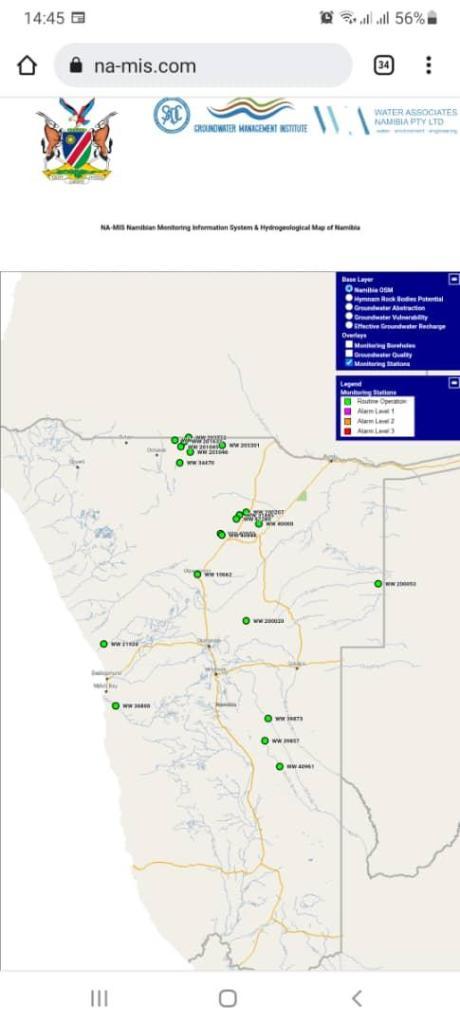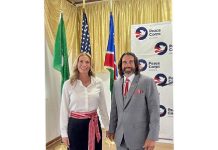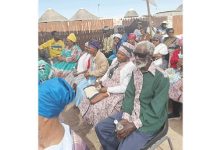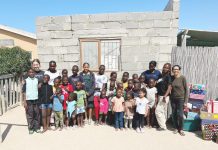Africa-Press – Namibia. WATER scarcity in Namibia will soon be a thing of the past as the country is making significant strides in discovering ground water resources through technological developments. The technological developments include the launch of data sets and updated hydrogeological maps which widen the scope water discoveries.
The Minister Agriculture, Water and Land Reform, Calle Schlettwein, said that of the water used in Namibia currently, 60% comes from groundwater and sustains lives, livelihoods, as well as industries and businesses.
“As a semi-arid country that is highly vulnerable to climate change and variability, evidence-based sustainable management of groundwater resources is a necessary condition as the country implements its socio-economic development agenda across generations,” Schletwein said.
He added that the Hydrogeological Map of Namibia and its accompanying Handbook was first published in December 2001, with an unrevised second edition released 10 years later, in 2011.
“As the custodian of groundwater resources in Namibia, the ministry saw it fit and timely to review and provide an update of these relevant and proven tools which are widely used for groundwater management.” Schlettwein said.
He added that Namibia is on the forefront in several aspects in water utilisation and management. The City of Windhoek, with its water reclamation works, is ahead of the rest as it is a world first.
“We have started with artificial water recharge in aquifers that supply water to Windhoek. With such an approach, we can utilise surface water resources, such as dams that supply Windhoek with water, much more efficiently and improve the yields by reducing losses through evaporation. Further, we are assuring full aquifers when surface water resources are depleted and with that improve the security of water supply. We are leaders on the African Continent in this regard,” Schlettwein said.
He added that water supplied to households is adhering to international water quality standards and can be consumed without any further treatment. In 2016, through the World Bank-funded Project, grant funding has been made available, with a total fiscal envelope of USD10million. The amount of money available to the 16 member states was USD2.2million, with a total of USD150,000 allocated to Namibia.
“Expressed differently, Namibia benefited from 1.5% of the total envelope, which is a tiny fraction. Nevertheless we can say that the 1.5% was spent well and contributed to the availability of old and new geo-hydrological data which is immensely important for planning and managing groundwater resources sustainably,” he said.
Schlettwein explained that the grant focused on one sub-component of the project, namely the infrastructure for improved groundwater utilisation, management and protection.
He added that the review process included using the latest and most up to date geological and groundwater data and information available from recent groundwater projects and discoveries.
“Thus, as part of this new edition of the hydrogeological maps, the ministry was inspired to use the latest technology to develop a digital application to make the hydrogeological map available to the public, institutions of research and higher learning, as well as groundwater stakeholders,” Schletwein said.
He said that the map and handbook contains reliable and up-to-date information about occurrence, quality, utilisation and vulnerability of groundwater resources.
“The significance of reliable and accessible timely data cannot be over emphasised. These tools provide an overview of available resources to assist in the process of national development planning. For the research and specialist institutions, the map, the handbook and accompanying digital applications offer a wealth of information to illuminate the further research work and carrying out exploration development,” Schlettwein concluded.






